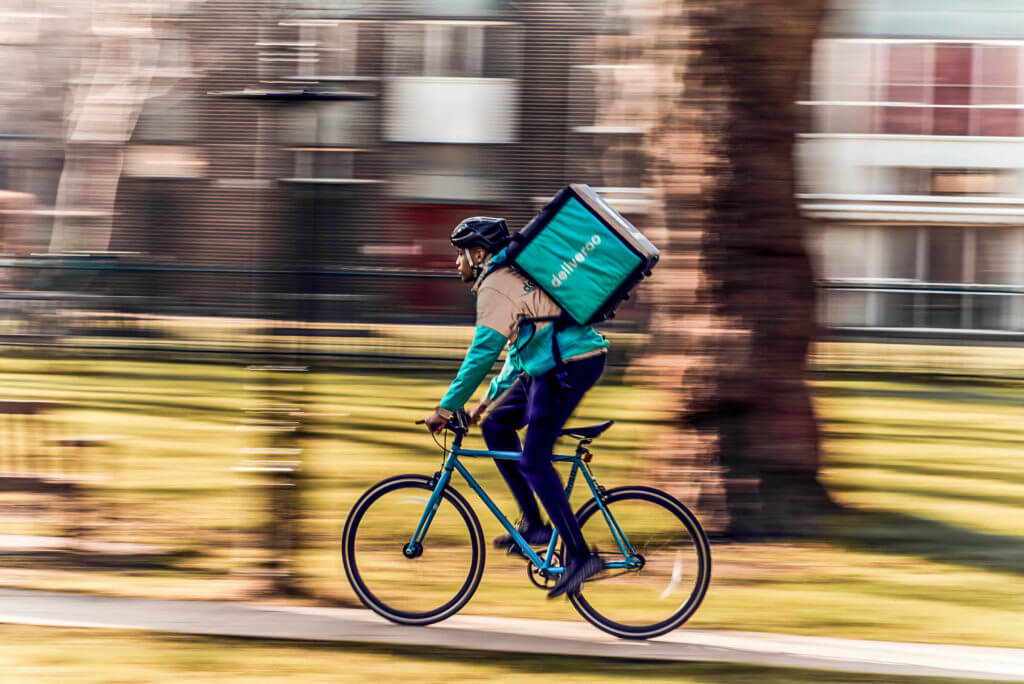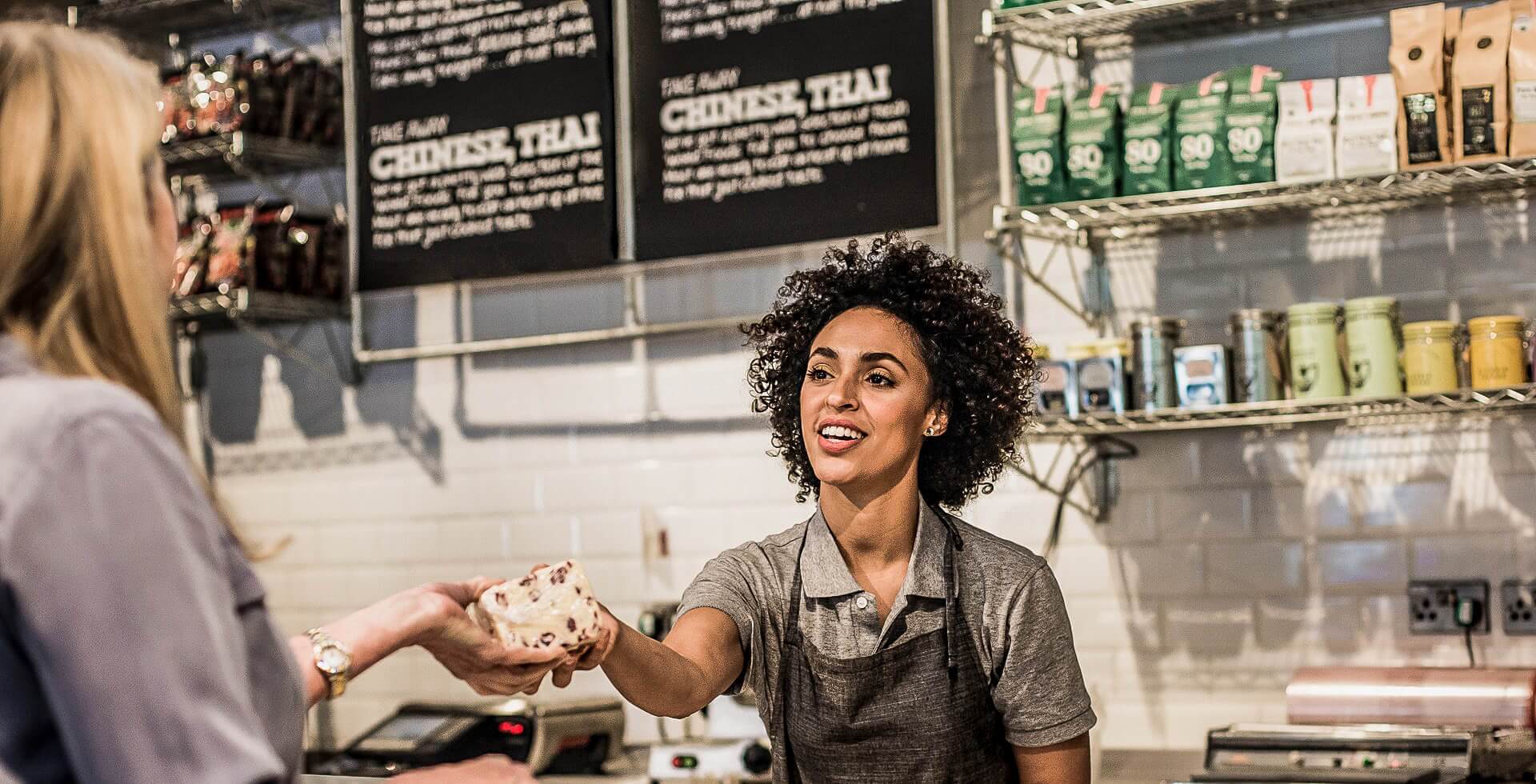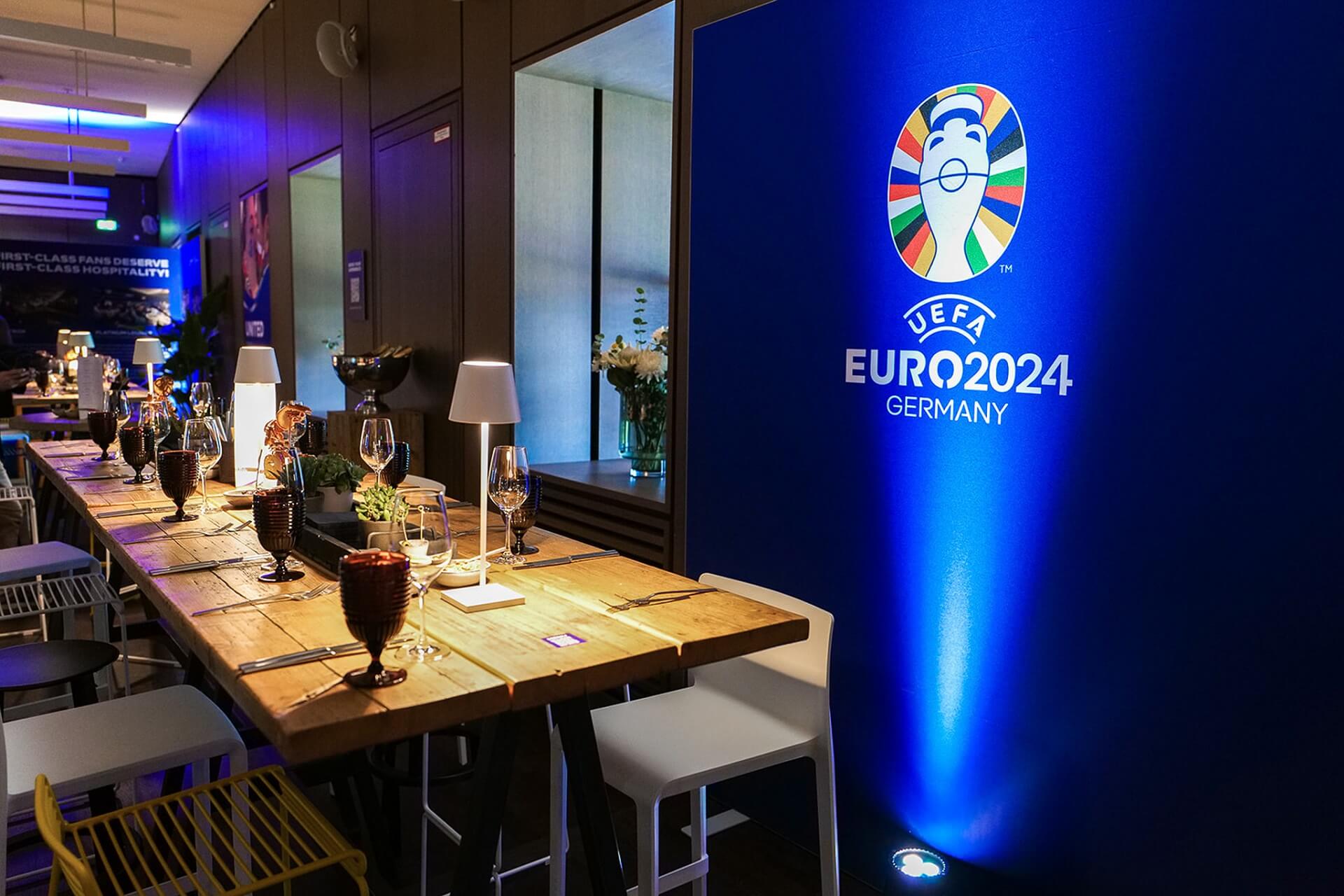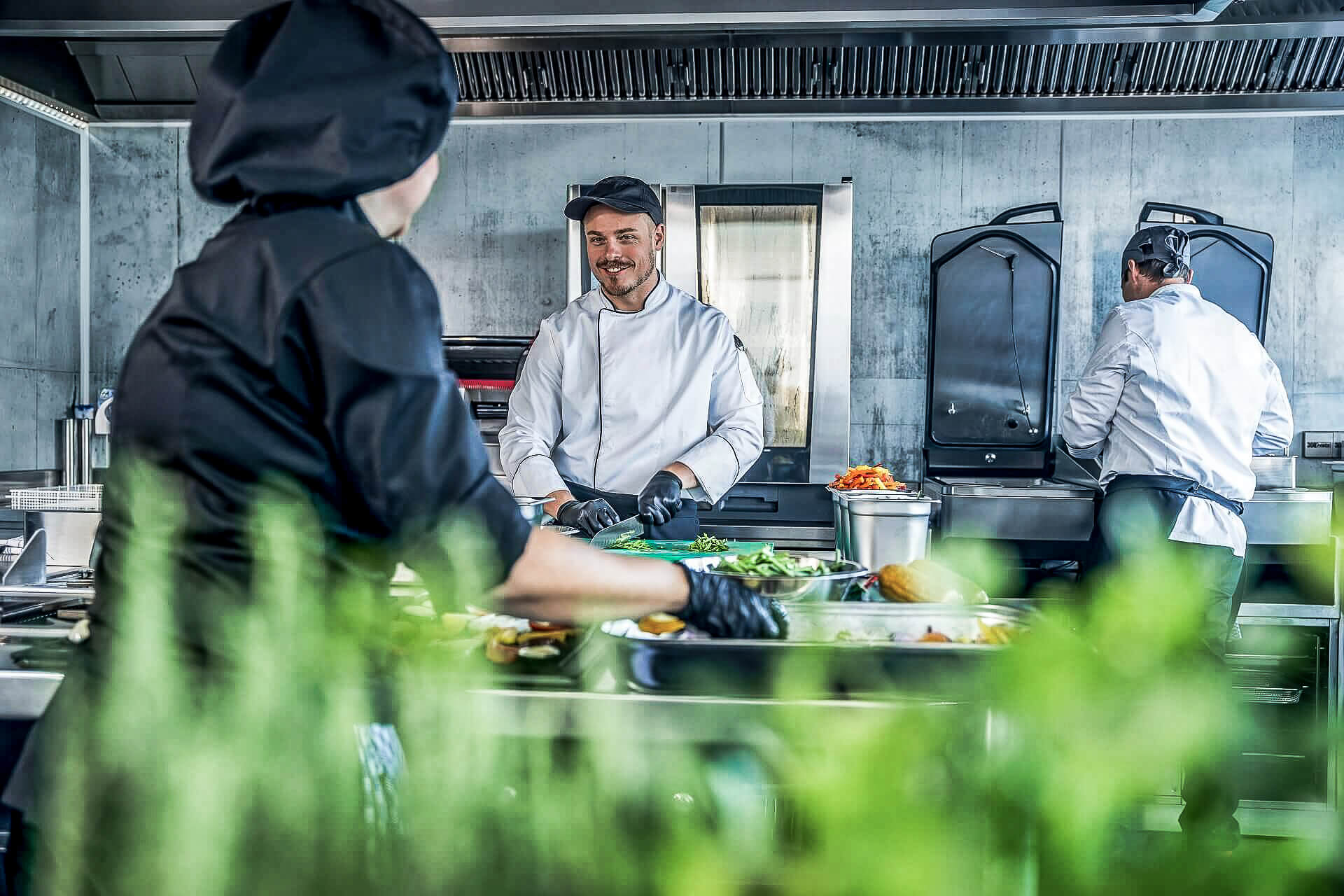On the very last day of 2019 a case of unidentified pneumonia was reported to the World Health Organization (WHO) in China. Little did we know then the worldwide impact this disease would have on 2020. On 11 February that the disease had a name – Covid-19 – as reports of cases continued to emerge from countries around the world.
From March onwards, whole cities – followed by entire countries –declared a state of emergency, triggering varying degrees of lockdown of the population. Overnight, foodservice and hospitality businesses were faced with the very real prospect of no customers as people were strongly advised to stay at home and international flights were grounded.
Daily death-toll figures have made grim reading over the months since. However, slowly and cautiously, as infection rates fall restrictions are being lifted. Life will not go on as before, at least not this year, but in one form or another, businesses are reopening and hoping to attract customers. We take a quick look around the world to find out what is happening where.

Social Distancing in Restaurants / Image: www.adobestock.com / Yuang
USA
Decisions on lockdown and reopening have been left to the individual states in the US. This has resulted in widely varying recommendations, state by state.
“All jurisdictions of California, and my county – Santa Clara County in San Jose – are implementing rules and protocols for all businesses and foodservice operations to follow,” says foodservice consultant William Bender FCSI. “The problem is, it depends on what type of business you own, how big is it, what is your capacity? Then, after setting dates, they change or modify the rules. It’s frustrating for all involved,” he says.
“Operators have been rather left on their own to interpret their best practices upon opening,” says consultant Karen Malody FCSI, who is based in Portland, Oregon. The unfortunate part of that, says Malody, is the wide variation in interpretations, leaving the public hesitant about what exact practices to expect when they go out. No two restaurants are doing the exact same thing. Social distancing is being attempted in the front-of-house, but it is often impossible to enforce in small kitchens.
A National Restaurant Association survey of over 6,500 restaurant operators in mid-April reflects that two out of three restaurant employees have lost their jobs and 61% of operators surveyed said that existing federal relief programs wouldn’t prevent further layoffs. Black Box Intelligence projects that a minimum of three out of four of those workers laid off will not return to the foodservice industry and will seek work elsewhere.
There are some good signs. Dunkin’ recently ran, for the first time, a nationwide campaign to fill 25,000 jobs. And last week McDonald’s Corp set out to recruit 260,000 restaurant staff in the US this summer as stores reopen for diners after serving them through delivery, drive-thru and takeaway for weeks due to the COVID-19 pandemic.
EMEA
While at time of writing the UK hospitality industry is poised for an expected go ahead to open up to diners, elsewhere in Europe has enjoyed a dine-in experience for the first time in months.
Paul Montegut FCSI of Restauration Conseil in France describes his first experience of going out to dinner. “We had dinner on the terrace so the distances were OK. However, so many people wanted to have dinner, the manager finally opened the inside dining room, even though it was forbidden [it is now authorized in France].”
Operators now have to think about how they can make the public feel comfortable and safe with the idea of eating out. Warm weather certainly helps. As Bettina von Massenbach FCSI of Oyster Hospitality notes: “Some guests are enjoying the experience of going out. Others are too scared to dine in closed rooms. Outside experience is easier to match. Trust is the new currency.”
Trust may be hard to win as Germany recently reported a new spike in the reproduction (R) rate of Covid-19 to 2.88. To contain the virus a number lower than 1 is needed.
The highest pub in Britain, the Tan Hill Inn sits in splendid isolation on the North Yorkshire moors. They have set up an outside bar ready to welcome people on 4 July at the historic Inn. Authorities in central London are considering closing off streets to allow outside space for cafes and restaurants to use for tables and chairs.
UK retail analyst Peter Backman has been keeping an eye on the restaurant sector during lockdown. “Figures show that delivery has increased by 54% during the course of lockdown,” he says. “Coronavirus has forced all operators to examine their business from top to bottom. Of course, many have been consumed first by the need to fight fires and then by challenges raised by reopening. But many others have been looking at doing things better, doing things differently or doing new things.”

Image: Deliveroo
In the Middle East meanwhile, the pandemic has not stopped star chef Daniel Boulud from announcing the forthcoming opening of his new fine-dining concept Brasserie Boulud, set to open its doors this September within Sofitel Dubai Wafi in the United Arab Emirates.
“We are so excited to be bringing Brasserie Boulud to our friends in the Middle East for the very first time,” says Daniel Boulud.
Australia
The further you go from the city people still observe the separation requirements but are keen to support their local businesses to keep them in business,” says consultant Tim Smallwood FFCSI, who lives in rural Victoria, Australia. “In the south of the country the impact is bad, but being managed. In the north east of Australia, the consequences are a disaster and many small hospitality and tourist businesses will not survive.
City-based consultant Andrew Brain FCSI from Melbourne has observed the ways businesses have kept cash flow going during lockdown. “Some venues have initiated ‘Buy a beer now – come and get it when we open’. There will be a lot of people collecting their due,” he says. “As a nation we are still respecting social distancing and most will continue to do so, even when restrictions lift. We are keen to support our F&B friends however it will take a long time to completely relax.
China and Hong Kong
There were reports of a resurgence of the Covid-19 virus in Beijing, but over 1,200 miles away in Hong Kong there are no new cases. Although Hong Kong wasn’t totally locked down, restaurants operated under restrictions, which Robert Mang FCSI, a city-based foodservice consultant, says have now been eased slightly. “We can have a group of not more than 50 people gathering. Each table can seat up to 12 people, but each table has to be 1.5 meters apart from the next,” he says.
“People have started to queue up in front of some good restaurants, although some still prefer to take away food from restaurants. A lot of restaurants and hotels are offering direct delivery or indirect delivery through a service supplier. On Father’s Day, though, most restaurants were fully booked,” says Mang.
The need for social interaction
The foodservice sector worldwide is keen to do whatever it takes to make customers feel confident and comfortable with eating out again. Humans are sociable creatures and thrive on the social interaction of going out to restaurants and bars. Take-out is lovely, but not quite the same.
At the same time operators must protect their staff, both back and front of house. Standing over a hot stove or serving plates of food in a face mask and gloves cannot be easy. Maybe this lockdown means customers will never take eating out in a restaurant, or the chefs and servers, for granted again.












